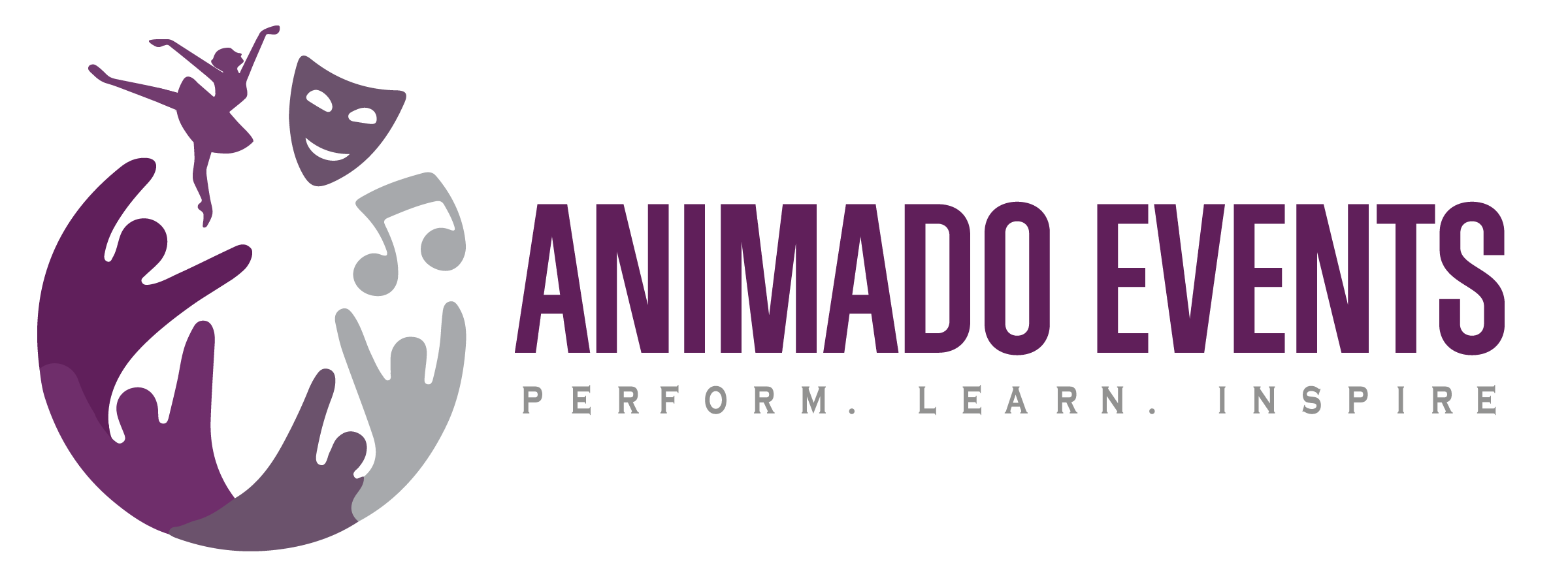Just like everything else, music education continues to evolve. And just like everything else, technology plays a pivotal role in that evolution. New sharing platforms, interactive experiences, and even virtual instruments are changing the way we deliver instruction. Embrace the change and elevate your teaching with new tech for music educators!
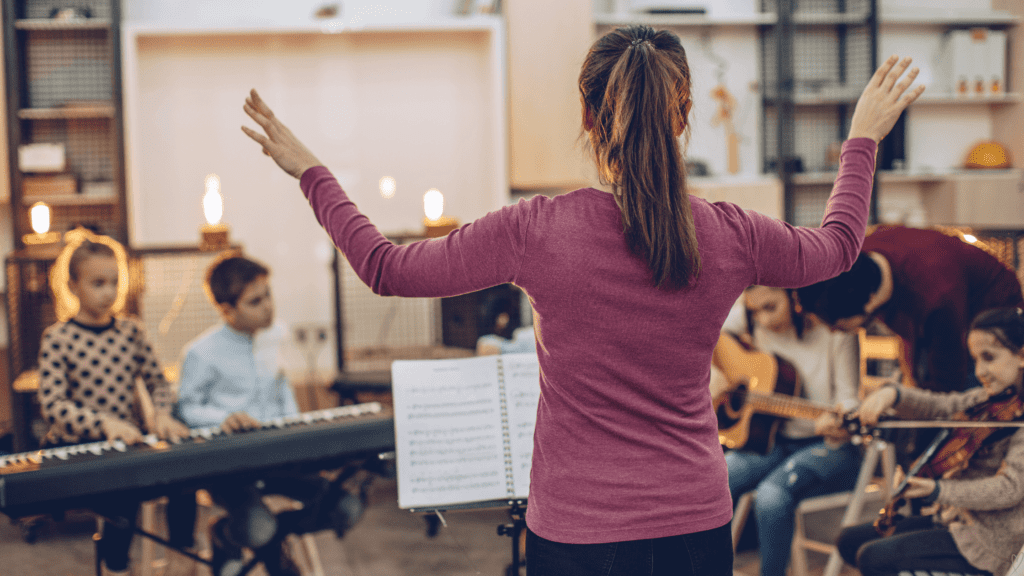
1. Innovative Apps for Music Theory and Composition
Consider ditching the textbook and switching to apps. Apps offer interactive exercises, personalized feedback, and progress tracking – making learning music theory a lot more fun!
A Few Favorites…
Tenuto offers a broad range of music theory topics and a friendly touch interface. It has 24 exercises and six calculators to practice note identification and chord progression.
Music Theory Pro is great for ear training, learning music, and piano. It includes fun challenges, rewards, and progress tracking and is available on both Apple and Android.
Noteflight is online software that lets students write, arrange, play, and share their musical compositions. This collection of cloud-based music notation tools is a super simple way to play.
Using apps as part of your lessons is a great way to help students practice on their own, understand theory better, and spark creativity.
2. Virtual Reality (VR) Tools for Immersive Music Experiences
Virtual Reality (VR) tools are changing music education in a big way. These tools let music educators create fun and interactive learning environments for students.

Here students can try out virtual instruments, practice exercises, and get help in real-time. Students can join virtual classrooms and engage with a larger learning community. It’s truly a remarkable change in the landscape of music education.
3. Cloud-Based Collaboration Platforms for Music Classes
Collaboration is the cornerstone of music education. Cloud-based platforms make it easy for teachers and students to work together. They offer tools for communication and file sharing and help to create a community in the classroom.
Some Popular Platforms…
Google Classroom is a FREE, flexible platform that allows you to create assignments, get feedback, and communicate with students. It also integrates seamlessly with Gmail and Calendar, making it a perfect choice for multiple classes.
C4E OnMusic Companion (OMC) is a top online music teaching platform for music departments and instructors. OMC was developed by musicians for musicians – helping them to be more efficient with how they deliver instruction.
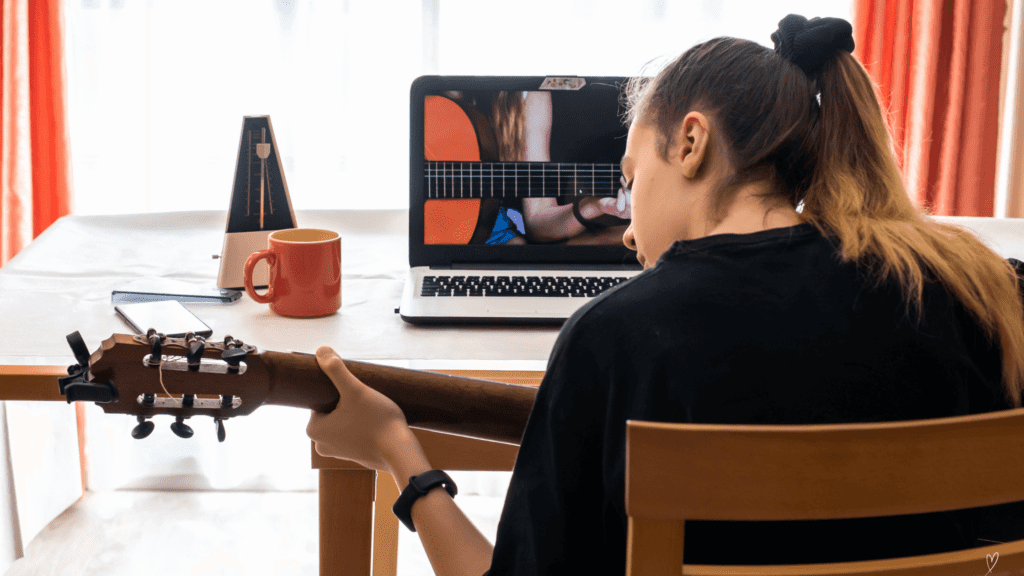
Soundtrap is a simple platform that allows students to work on music projects together in real-time. They can record, edit, and mix tracks from anywhere.
On the Flat for Education platform, students create, share, and get feedback on their own digital sheet music.
Online platforms are an innovative way to help students connect and collaborate on music projects no matter where they are!
4. Advanced Audio Editing Software for Music Production
Teaching music production has become wildly popular, and good audio editing software is the key to doing it well. Programs like Logic Pro X, Ableton Live, and Pro Tools give students tools to record, edit, and mix for a professional and polished finished product.
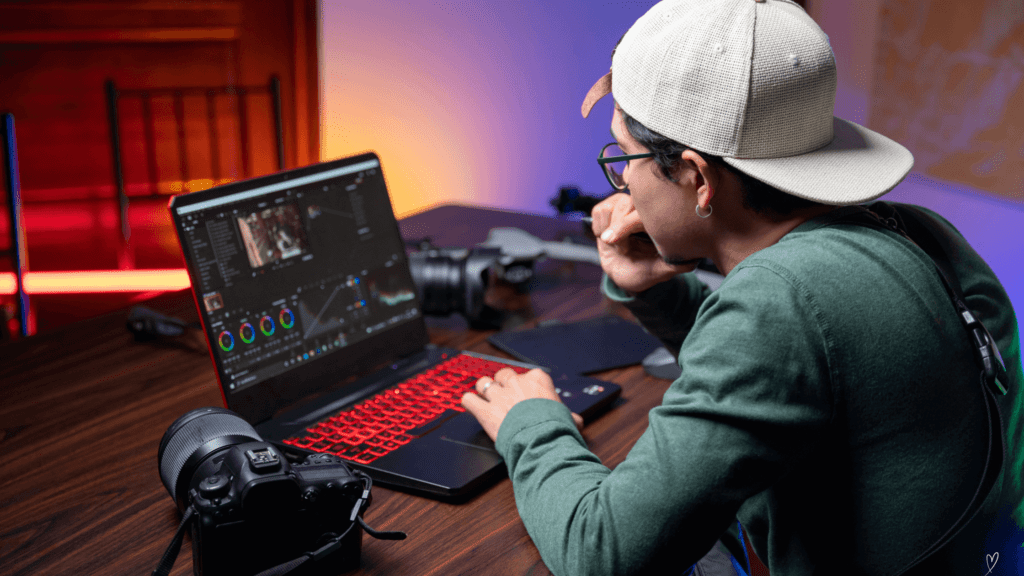
Using industry-standard programs like these, you’ll help your students better understand the technical side of music and help them refine critical skills.
Even better, students can use this software to create their own unique songs and produce high-quality recordings of their performances.
5. Interactive Whiteboards and Digital Notation Tools
Interactive whiteboards are now common in classrooms. They work well with digital notation tools, which are great for music instruction! Teachers can show music notation, lead interactive music theory classes, and plan fun activities with digital sheet music.
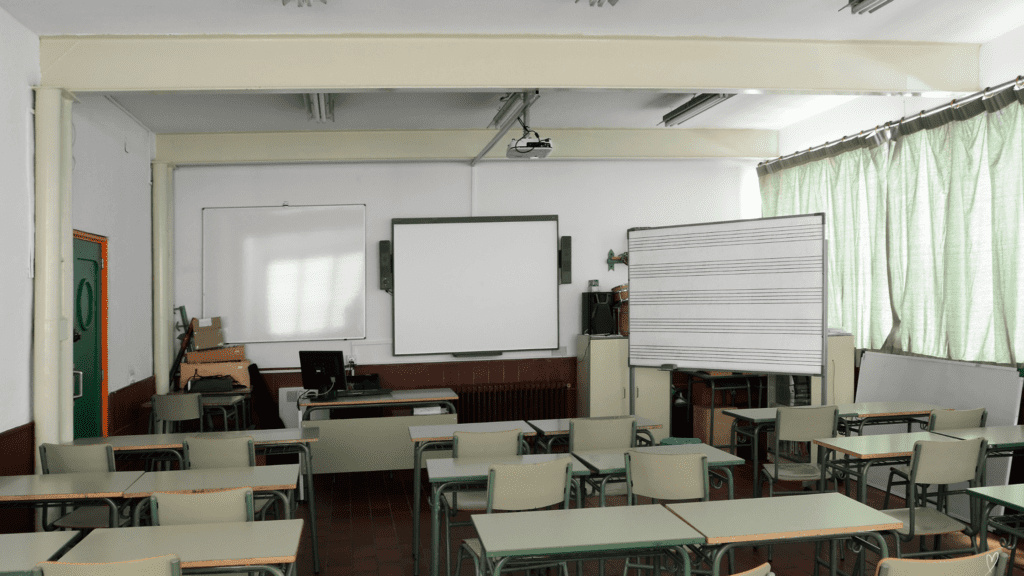
Using software like MuseScore and Sibelius, teachers can display music scores, make notes in real time and get students involved in analysis and composition tasks. Being able to see and change notes, rhythms, and symbols makes learning music theory more fun and easier.
6. Mobile Apps for Individual Practice and Feedback
Mobile apps have also changed how students learn music. Many come with handy features designed to help students learn.
Mobile Marvels…
Tuning
Keep instruments in tune with apps like GuitarTuna or pianoscope. These provide precise tuning for multiple instruments.
Metronomes
Metronomes are the foundation for a strong sense of rhythm. Check out mobile apps like Soundbrenner or Pro Metronome give you advanced tools and options to customize so you don’t miss a beat (sorry… just had to! 😉)
Practice Trackers
Practice makes perfect – and apps like Modacity or Instrumentive are perfect for helping students practice. They’ll log practice time, set goals, and track progress.

With these apps, students can manage their music studies and get quick feedback on how they are doing.
Elevate Your Teaching with New Tech for Music Educators
Integrating new tech into your teaching is a fantastic way to engage with your music students. Apps, interactive tools, online platforms and more make learning creative and collaborative.
Inspire your students and elevate your teaching with new tech for music educators!
